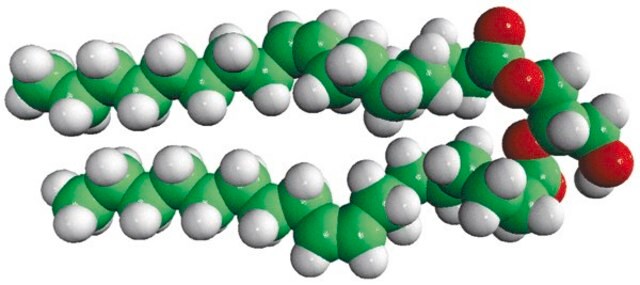L7895
Lipopolysaccharides from Salmonella typhosa
γ-irradiated, BioXtra, suitable for cell culture
Synonyme(s) :
LPS
About This Item
Produits recommandés
Source biologique
bacterial (Salmonella typhosa)
Niveau de qualité
Stérilité
γ-irradiated
Gamme de produits
BioXtra
Forme
lyophilized powder
Produit purifié par
gel-filtration chromatography
Technique(s)
cell culture | mammalian: suitable
Impuretés
<1% Protein (Lowry)
Couleur
white to faint yellow
Solubilité
water: 0.90-1.10 mg/mL, faintly hazy to hazy, colorless to faintly yellow
Température de stockage
2-8°C
Vous recherchez des produits similaires ? Visite Guide de comparaison des produits
Catégories apparentées
Application
Actions biochimiques/physiologiques
Autres remarques
Produit(s) apparenté(s)
Code de la classe de stockage
11 - Combustible Solids
Classe de danger pour l'eau (WGK)
WGK 3
Point d'éclair (°F)
Not applicable
Point d'éclair (°C)
Not applicable
Équipement de protection individuelle
Eyeshields, Gloves, type N95 (US)
Faites votre choix parmi les versions les plus récentes :
Déjà en possession de ce produit ?
Retrouvez la documentation relative aux produits que vous avez récemment achetés dans la Bibliothèque de documents.
Les clients ont également consulté
Notre équipe de scientifiques dispose d'une expérience dans tous les secteurs de la recherche, notamment en sciences de la vie, science des matériaux, synthèse chimique, chromatographie, analyse et dans de nombreux autres domaines..
Contacter notre Service technique

